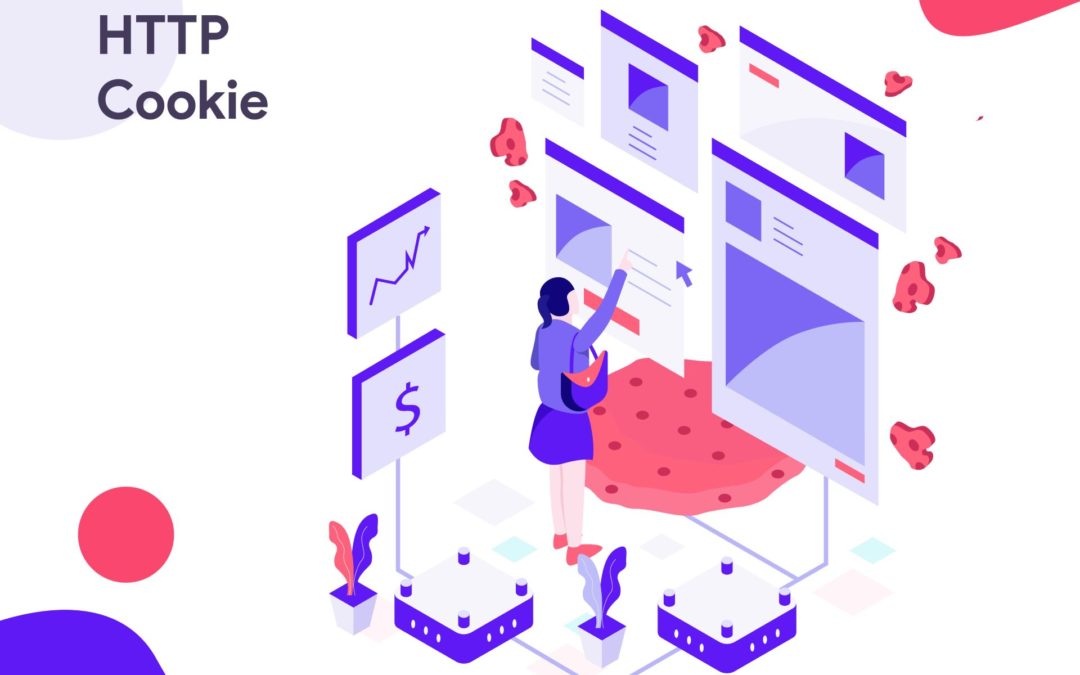For over 25 years, companies have used third-party tracking cookies as a way to track consumer behaviour online. These cookies offer a convenient option to target and retarget the market, and display advertisements to the users. However, with the rise of smart cookie-blocking technology – such as Apple’s Intelligent Tracking Prevention and Firefox’s Enhanced Tracking Protection (ETP) – third-party tracking cookies have started to crumble, being relegated to the internet dustbin.
With cookies being on the verge of death, marketers are now finding new ways to acquire customers without using third-party data. In this blog, we are going to discuss everything about the third-party tracking cookies, and how marketers will survive without them.
What Are Third-Party Tracking Cookies?
You might have heard about ‘browser cookies’ or ‘cookies’. In simple terms, cookies are data stored in the form of small text files in a user’s computer. They are designed in a way that makes them capable of holding a significant amount of data specific to a particular client or website. This data can be easily accessed by the web server, allowing it to deliver tailored pages to users.
Cookies are created when a customer accesses a website that uses cookies. Cookies deem the user’s IP address as a unique ID and collect information such as browsing history, session ID, and more. When the same customer returns to the website again, the browser sends the cookie file to the server, which results in a personalised browsing experience.
Why Are Third-Party Cookies Dying?
It all started when the tech giant Apple decided to take its first jab at cookies. The company introduced Intelligent Tracking Prevention (ITP) to the digital landscape, a cookie-blocking technology that blocks third-party cookies by default. Firefox’s Enhanced Tracking Protection (ETP) has followed suit, making it hard for marketers to collect cookie data from users’ computers. It turned out that both the cookie blocking technologies had some loopholes that ad networks figured out pretty quickly and learned to work around with.
Now that Google has also started pushing back against ad tracking – with its opt-in version of ITP – and will soon let users block advanced cookies, Apple has taken a step further by introducing Intelligent Tracking Prevention 2.2. This software not only covers the digital loopholes, but also effectively cuts the first-party cookie lifespan from seven days to one day. All these blockers are by default activated in both Safari and Firefox.
How Will Marketers Work Without Cookies?
Contextual Advertising
With all the cookie-blocking happening in the digital space, keyword contextual targeting seems like the next best option to target users. In this kind of advertising, users see ads based on the content they browse instead of their behaviour profile. For example, if a user is interested in painting and is reading a painting blog, he will see ads related to painting materials. This technique helps marketers to produce and distribute relevant content.
People-Based Targeting
A great example of this is how Facebook targets its users. It relies heavily on unique identifiers related to the user, and not the device. The method proved to be very useful as the company did not need third-party cookies to track or gather user data. Instead, people-based targetting allows companies to engage with users at the times when they actually want to connect with them. With this method, brands can easily tap into the singular space of a customer, anchoring all the data to a single source.
How Can Marketers Collect And Use First-party Call Tracking Data?
Since there will be no third-party tracking cookies, it will become more important for marketers to get access to first-party data. Companies can utilise data from customers who have shown interest in their business. There is another untapped source of first-party customer data, and that is the call centre. One can gather first-party data source through phone conversations, especially those who work in industries that rely on phone calls for sales.
Through customer conversations, marketers can gather useful digital datasets by accurately deriving meaning from it. There are many AI-powered call tracking and analytics software in the market that let you predict things like what type of call it is (service or sale) and what else do you have to do to earn more conversions. By understanding the nature of a call, marketers can optimise their media for better ROI.
Benefits Of Using Call Tracking Platforms
- They track calls and find their possible source, i.e., pre-call consumer touchpoints like paid search, social media, emails, or landing pages.
- They help in accumulating data from multiple platforms, such as web and CRM, to create a better customer profile.
- They analyse conversations to obtain useful insights about the callers.
It’s definitely high time that we say goodbye to 25-year-old technology and move on. In case, you need help to plan your keyword contextual targeting strategy, our experts at Adaan Digital Solutions will help you. Contact us at 011 4266 6666 to know more about our digital marketing services!






